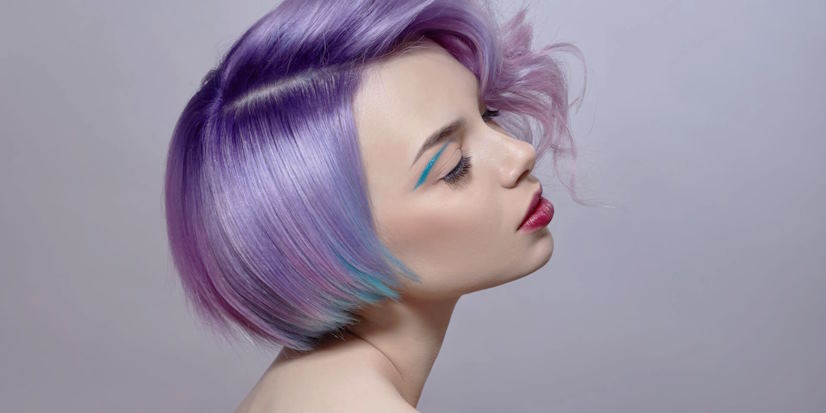
How To Choose A Suitable Hair Dye?
Whether you’re considering a bold transformation or simply looking to touch up your roots, choosing the right hair dye can make all the difference. The selection process can be overwhelming, with an array of options flooding the market, from semi-permanent to permanent, and an endless spectrum of colors.
Why is it important to buy the right hair dye?
Firstly, the wrong shade or type of dye can result in an undesirable color outcome that may not suit your skin tone or style, leading to disappointment and potentially costly color correction treatments.
Moreover, using the wrong dye formulation can damage your hair, causing dryness, breakage, or even allergic reactions if you have sensitive skin.
Additionally, selecting the appropriate dye for your hair’s condition is essential to maintain its health and vitality.
Whether aiming for a subtle change or a dramatic transformation, the right hair dye can enhance your natural beauty and confidence. Therefore, taking the time to research and understand your options is key to achieving the desired results while keeping your hair looking its best.

What should I consider when choosing hair dye?
Hair Type and Condition
Take into account your hair’s texture, thickness, and overall condition. Fine hair may absorb color differently than coarse hair, while damaged hair may require special care. If your hair is already brittle or over-processed, use gentler dye formulations to minimize further damage.
Skin Tone
Your skin tone plays a crucial role in how different hair colors will look on you. Warm undertones typically pair well with golden or copper shades, while cool undertones complement ashier tones. Consider consulting with a colorist or using online resources to determine your skin’s undertone before selecting a hair color.
Color Choice
When choosing a hair color, consider whether you want to maintain your current shade, go lighter, or try something completely different. Also, keep in mind any previous color treatments and how they may affect the outcome. For a drastic change, it may be best to seek professional advice to achieve the desired result safely.
Ingredients
Check the ingredients list for potential allergens or harsh chemicals, especially if you have sensitive skin or allergies. Look for dyes with nourishing ingredients like botanical extracts, oils, and proteins to help protect and condition your hair during coloring.
